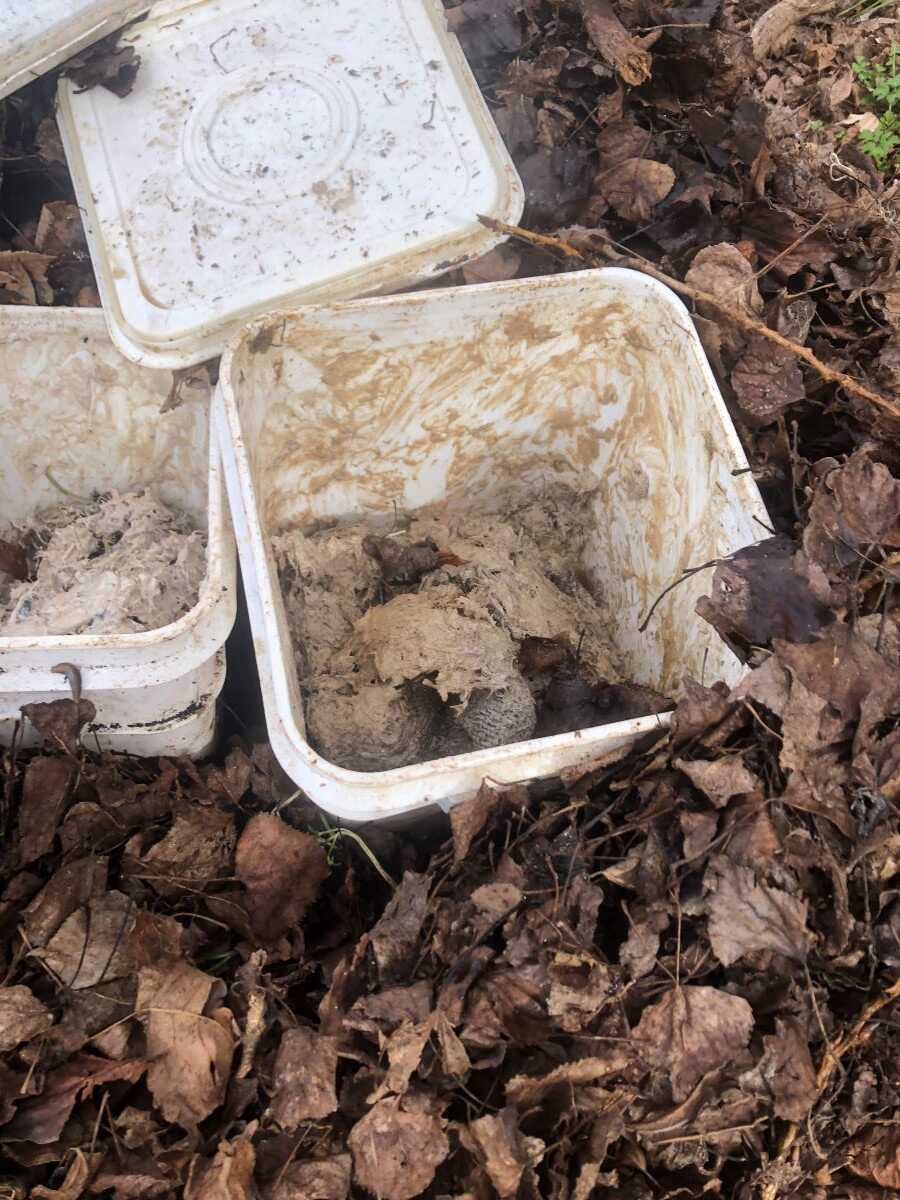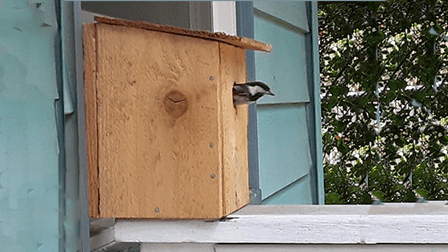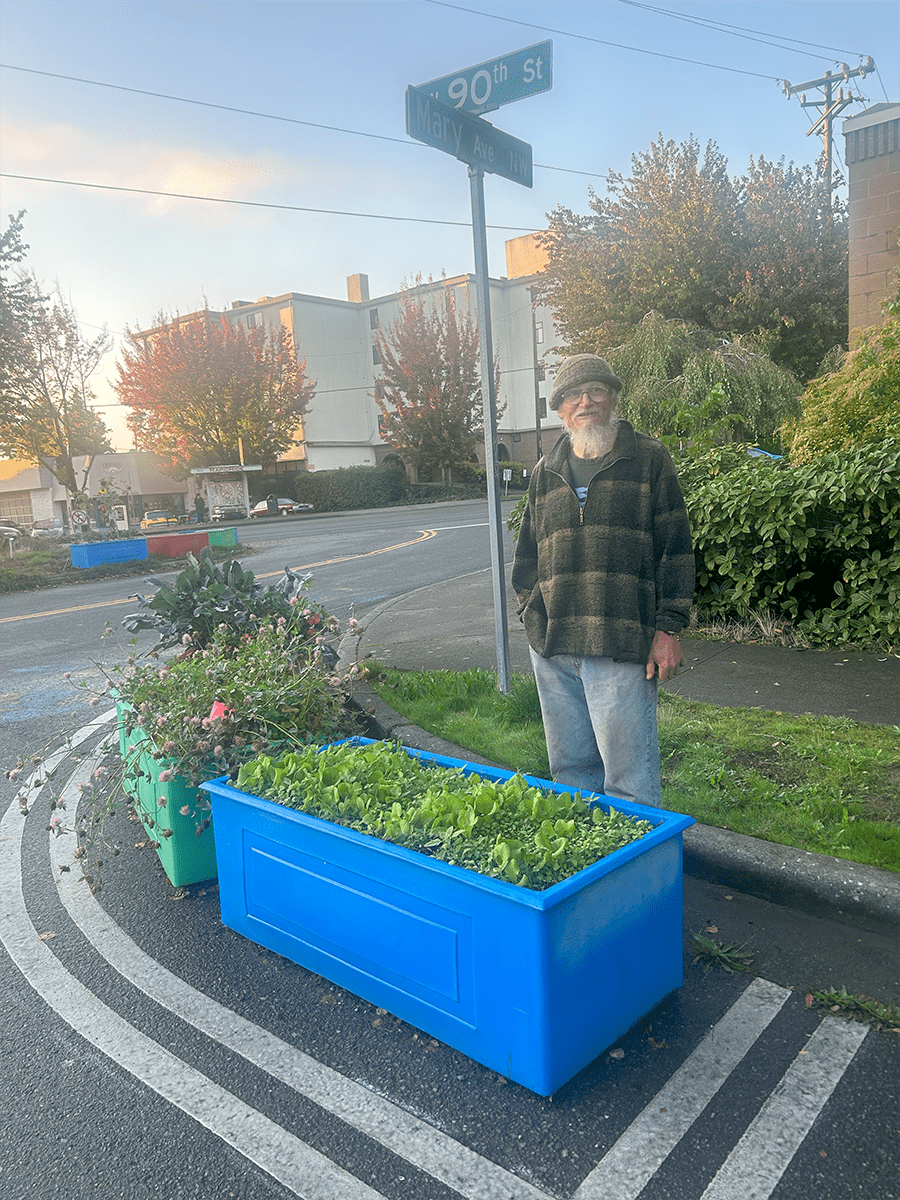Your Fish Emulsion Brings all the Nitrogen to the Garden
Late March in the community garden is all about prep, planting brassicas, and being patient. The sunny days brings the itch to get weeding, but gardener Fred says be careful because your good intentioned digging around might create dense soil later. He suggests grabbing a ball of dirt and if you can make a finger print in it, it’s still too wet. The Community Garden is mulching, and even planting cover crops to get ready for the summer transplants.
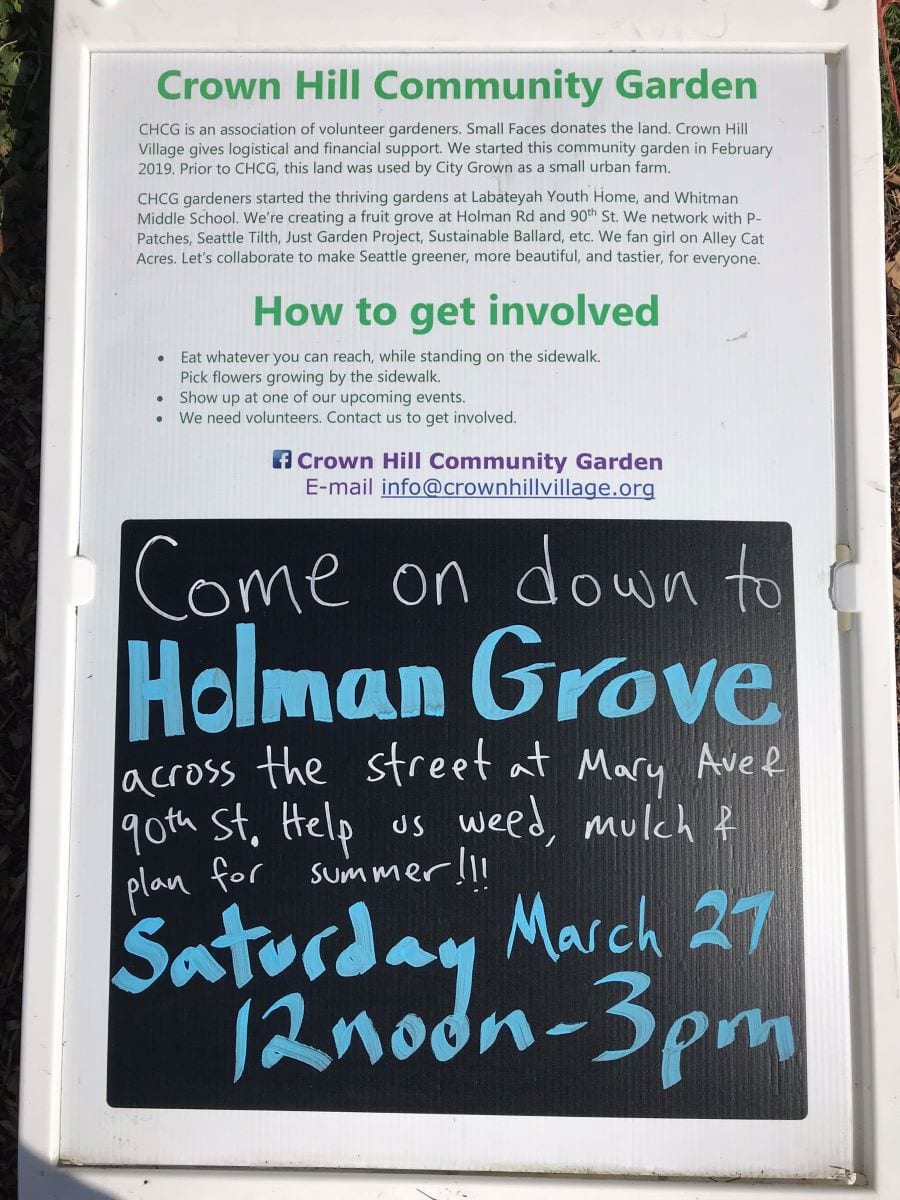
Stop by on Saturday!
Join the gardeners at the Holman Grove (by the Petco lot on Holman and 90th). Help weed, mulch, and plan for the future!
Saturday March 27th
12pm – 3pm
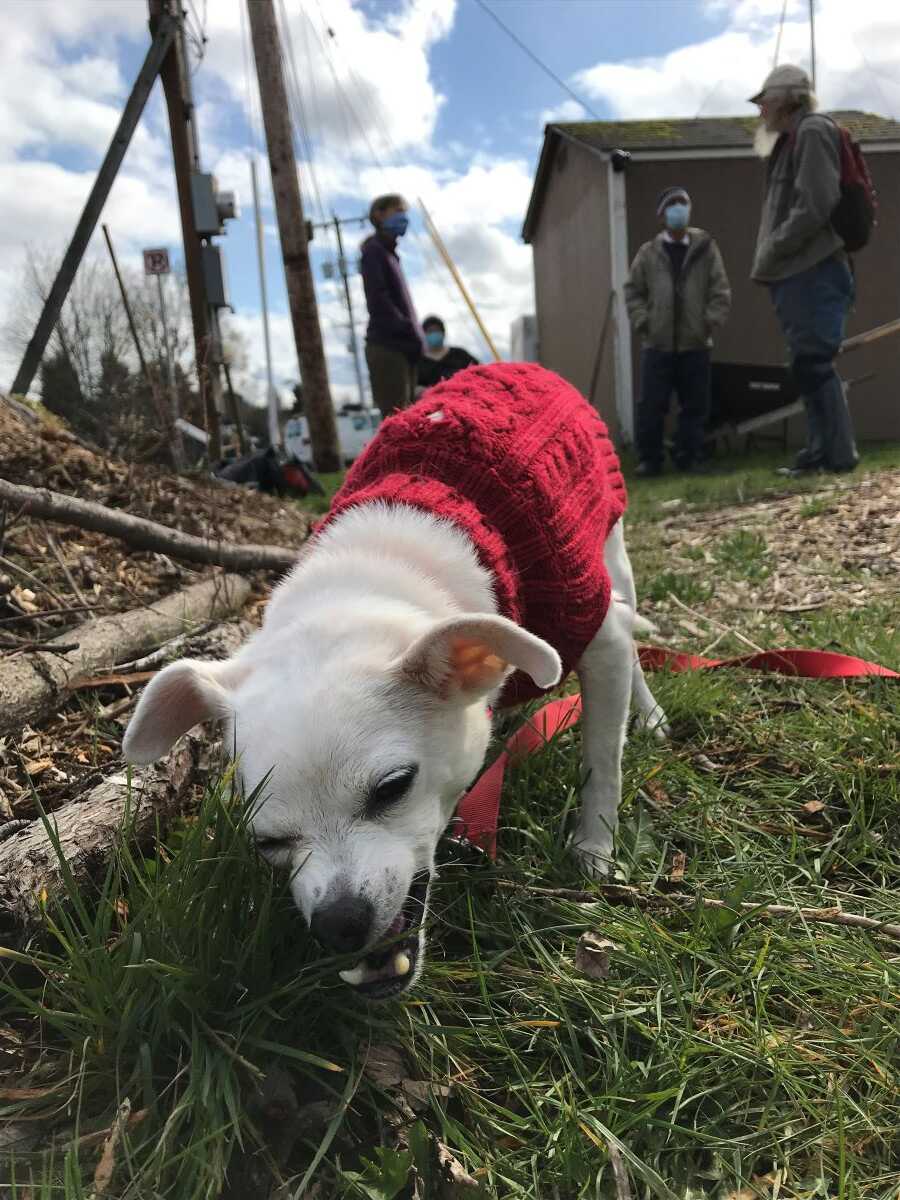
What’s Growing
- Beautiful Lettuce! Thanks to those cloches.
- Chard – whatever the bunnies don’t eat.
- Peas – some overwintered, also planting seeds every 2 weeks. Pop those under some plastic to keep them warm until they sprout. Then cover with plastic netting to keep the crows out.
- Parsley – planted last spring. This is its second year! The gardeners look forward to harvesting seeds to share!
- Garlic
- Kale
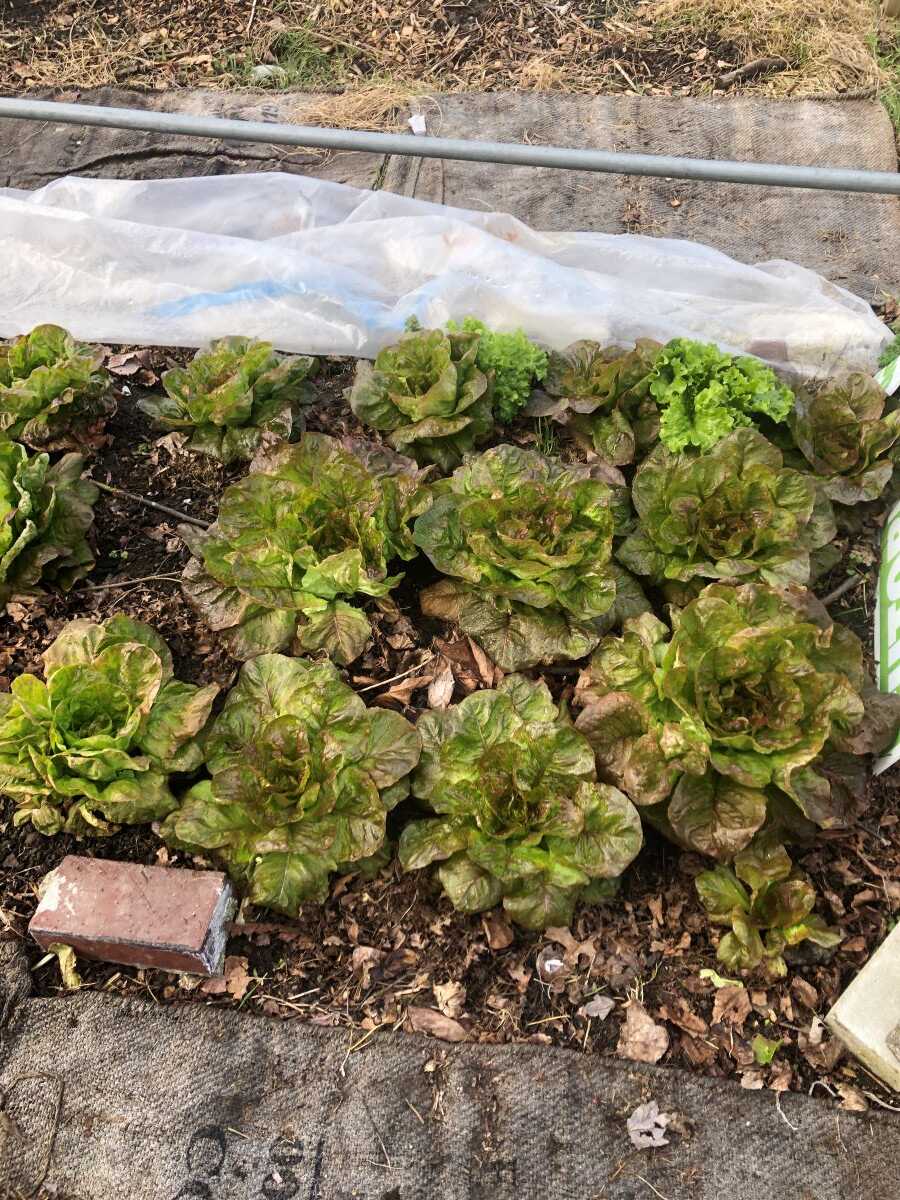
Sage Advice
“Hold off on planting beans until oak leaves are the size of a squirrels ear.” – Gardener Fred
Donation Request
Red lettuce seeds – they have lots of green lettuce and want to add some extra color!
Bird netting
This Week
White Clover is a great living mulch. Plant it where you plan to plant tomatoes, and when you move you starts you can just plant them right in the middle.
Go slug hunting- they make a great fertilizer! Locate, cut in half with your trowel, and toss into any area you will be planting.
Plant peas, lettuce, chard, most brassicas right into the dirt.
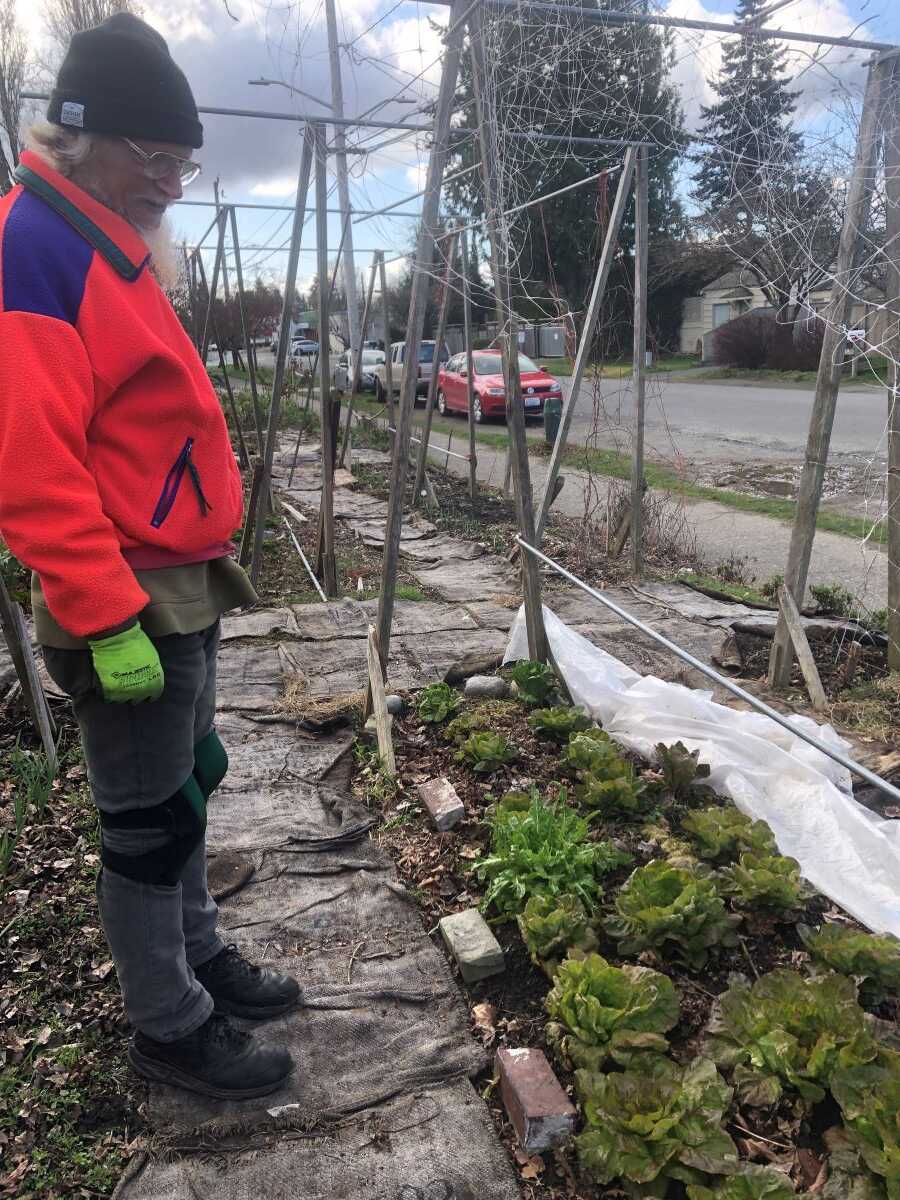
DIY Project
Make your own fish emulsion!
The gardeners pointed out that this is general guidance, but there is no exact recipe. Gardener Fred suggested that a biochemist might be able to work it out.
What you need:
- Fish Scraps: Heads, tails, spines – whatever was destined (or in) the trash. (Acquisition notes below)
- 5 Gallon Bucket
- machete
- A carbon source: sawdust, pizza boxes, used paper, old burlap, anything little and woods.
Process:
1- take your 5 gallon bucket to any place that butchers fish. Christal suggested the Pike Place Market on their busy days (Fri/Sat/Sun). Ask for fish scraps. If they charge, you can specify you are asking for the free stuff going to the trash).
2- Chop up the scraps into 2 inch pieces. Gardener Christal advises “this is going to be gross but kind of fun”.
3- Prep your carbon source. Sawdust is best, but if using other materials you just need to cut them up very small.
4- Mix everything in a bucket with a lid. The ratio is of carbon : fish is between 1:4 and 1:2.
5- A lid is not required. But will prevent bugs and stench!
6- Check back regularly and stir.
You know it is ready when the soft bits (you might still see bone since this takes a long time to break down) are no longer recognizable.
Tips:
- The carbon source will stop the nitrogen from gassing off as ammonia.
- Stirring oxygenates the mix and will make it break down faster.
- You can toss the bones that don’t break down right into the garden with the mix.
- Don’t fill the bucket. More space will create more air flow.
